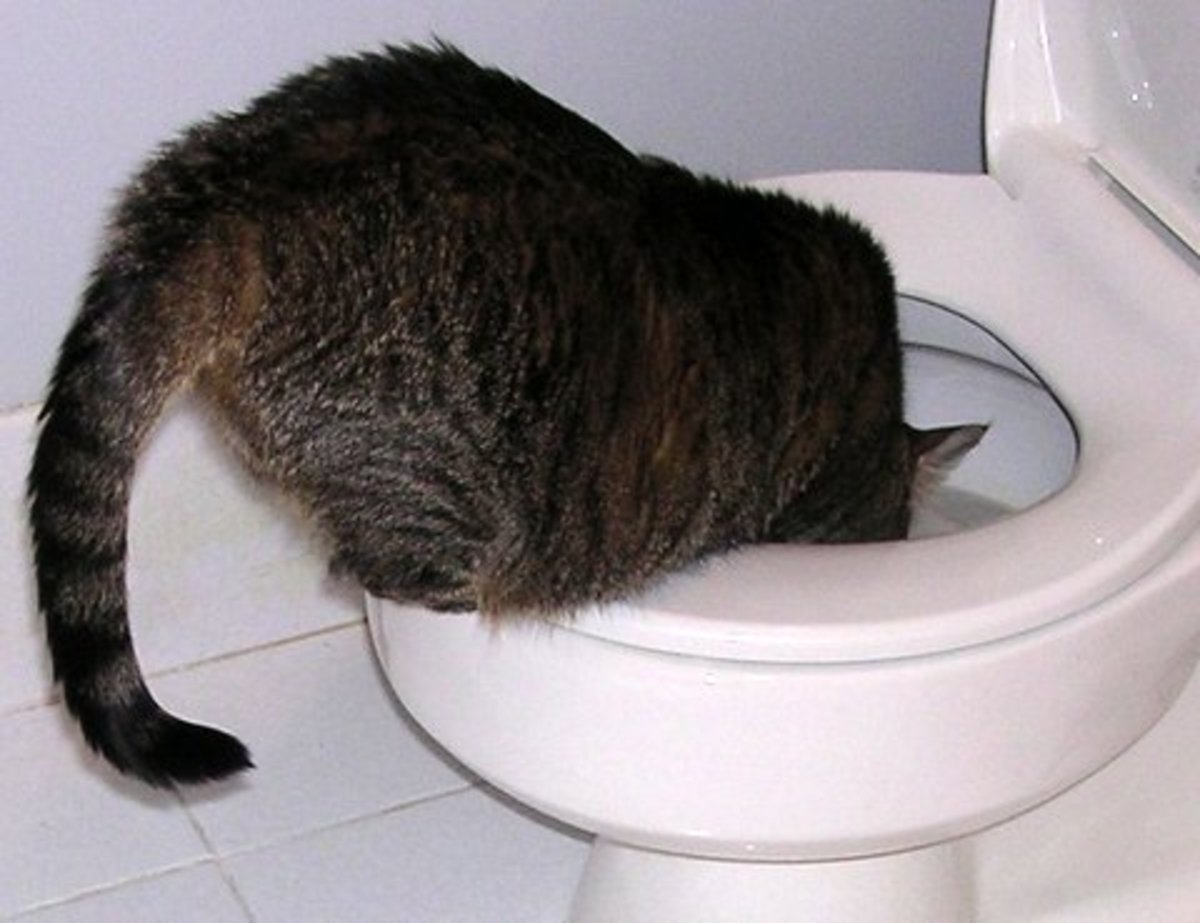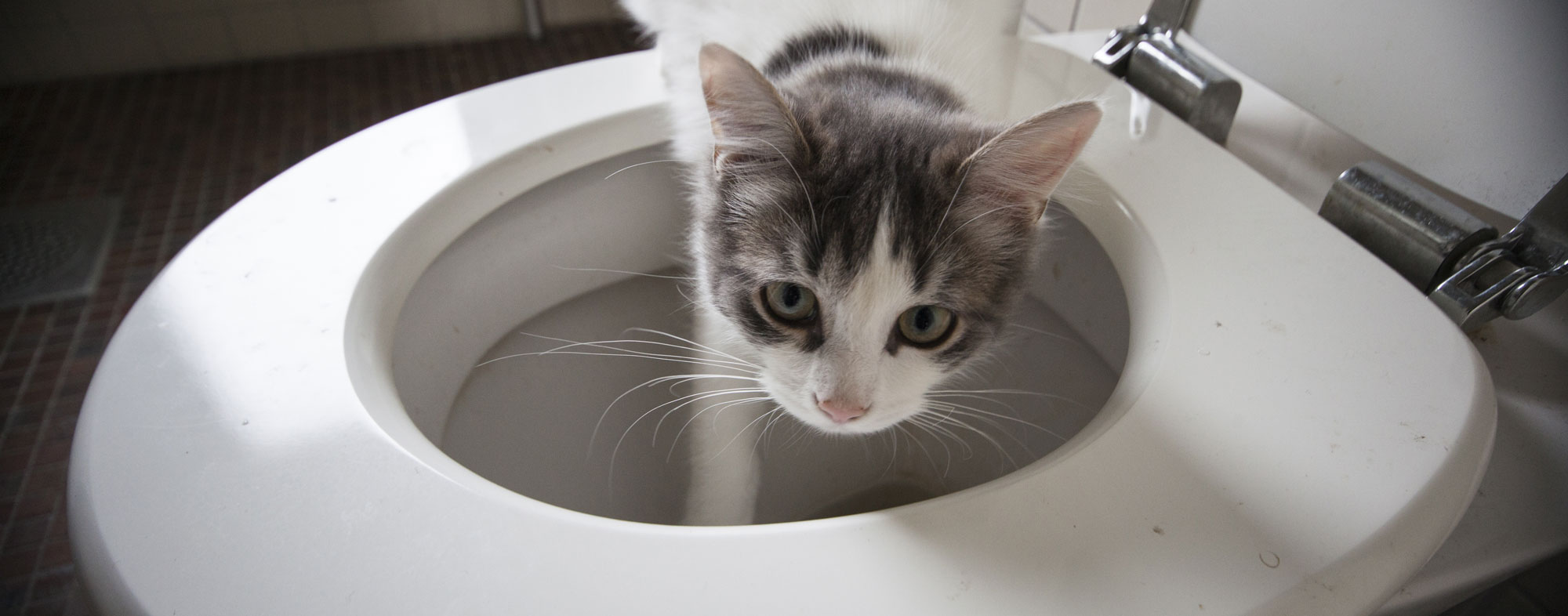Potential Risks of Flushing Cat Poop Down Your Toilet - Tips for Safer Handling
Potential Risks of Flushing Cat Poop Down Your Toilet - Tips for Safer Handling
Blog Article
Were you trying to locate information and facts on Don’t flush cat feces down the toilet?

Intro
As cat owners, it's essential to bear in mind just how we throw away our feline friends' waste. While it might seem hassle-free to flush cat poop down the commode, this method can have harmful consequences for both the atmosphere and human health.
Alternatives to Flushing
Luckily, there are much safer and much more accountable means to throw away pet cat poop. Consider the following options:
1. Scoop and Dispose in Trash
One of the most typical method of dealing with cat poop is to scoop it right into an eco-friendly bag and toss it in the trash. Be sure to use a specialized trash inside story and take care of the waste promptly.
2. Use Biodegradable Litter
Opt for biodegradable pet cat clutter made from products such as corn or wheat. These trashes are eco-friendly and can be securely disposed of in the garbage.
3. Bury in the Yard
If you have a backyard, think about burying pet cat waste in a marked location far from vegetable yards and water resources. Make sure to dig deep adequate to stop contamination of groundwater.
4. Set Up a Pet Waste Disposal System
Invest in a pet dog waste disposal system specifically developed for pet cat waste. These systems make use of enzymes to break down the waste, decreasing smell and environmental influence.
Health Risks
In addition to environmental worries, flushing cat waste can likewise present health and wellness dangers to human beings. Feline feces may include Toxoplasma gondii, a parasite that can cause toxoplasmosis-- a potentially extreme illness, especially for expecting females and people with weakened immune systems.
Ecological Impact
Flushing cat poop presents unsafe pathogens and parasites right into the water supply, posturing a substantial danger to aquatic ecological communities. These impurities can adversely impact aquatic life and compromise water top quality.
Conclusion
Liable pet dog ownership prolongs beyond providing food and sanctuary-- it likewise entails appropriate waste monitoring. By refraining from purging pet cat poop down the toilet and choosing alternate disposal approaches, we can reduce our ecological impact and secure human health.
Why Can’t I Flush Cat Poop?
It Spreads a Parasite
Cats are frequently infected with a parasite called toxoplasma gondii. The parasite causes an infection called toxoplasmosis. It is usually harmless to cats. The parasite only uses cat poop as a host for its eggs. Otherwise, the cat’s immune system usually keeps the infection at low enough levels to maintain its own health. But it does not stop the develop of eggs. These eggs are tiny and surprisingly tough. They may survive for a year before they begin to grow. But that’s the problem.
Our wastewater system is not designed to deal with toxoplasmosis eggs. Instead, most eggs will flush from your toilet into sewers and wastewater management plants. After the sewage is treated for many other harmful things in it, it is typically released into local rivers, lakes, or oceans. Here, the toxoplasmosis eggs can find new hosts, including starfish, crabs, otters, and many other wildlife. For many, this is a significant risk to their health. Toxoplasmosis can also end up infecting water sources that are important for agriculture, which means our deer, pigs, and sheep can get infected too.
Is There Risk to Humans?
There can be a risk to human life from flushing cat poop down the toilet. If you do so, the parasites from your cat’s poop can end up in shellfish, game animals, or livestock. If this meat is then served raw or undercooked, the people who eat it can get sick.
In fact, according to the CDC, 40 million people in the United States are infected with toxoplasma gondii. They get it from exposure to infected seafood, or from some kind of cat poop contamination, like drinking from a stream that is contaminated or touching anything that has come into contact with cat poop. That includes just cleaning a cat litter box.
Most people who get infected with these parasites will not develop any symptoms. However, for pregnant women or for those with compromised immune systems, the parasite can cause severe health problems.
How to Handle Cat Poop
The best way to handle cat poop is actually to clean the box more often. The eggs that the parasite sheds will not become active until one to five days after the cat poops. That means that if you clean daily, you’re much less likely to come into direct contact with infectious eggs.
That said, always dispose of cat poop in the garbage and not down the toilet. Wash your hands before and after you clean the litter box, and bring the bag of poop right outside to your garbage bins.
https://trenchlesssolutionsusa.com/why-cant-i-flush-cat-poop/

I am very occupied with How to Dispose of Cat Poop and Litter Without Plastic Bags and I really hope you enjoyed my blog entry. Enjoyed our piece? Please share it. Let another person discover it. Bless you for your time. Kindly come by our website back soon.
View Report this page